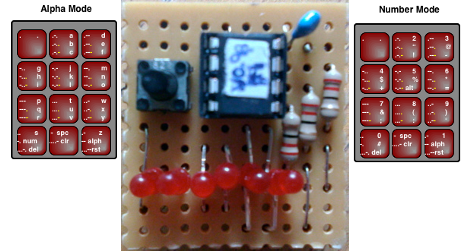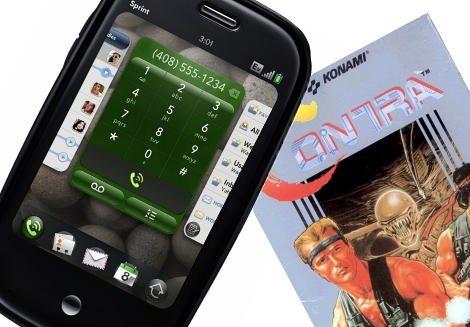In this tutorial we are going to cover some advanced database code as well as tie in to some more advanced GUI techniques. We left off on the last tutorial showing you how to insert and select data to/from the database as well as make a table. What we need now is to be able to delete data if it is not needed and update it if we entered it incorrectly. We will tie these abilities in with some more advanced functionality utilizing a long press on the screen for delete and for updating we will just press the data we want to edit.
Continue reading “Android Development 101- Part 4:Advanced Database/GUI Code And DDMS”















